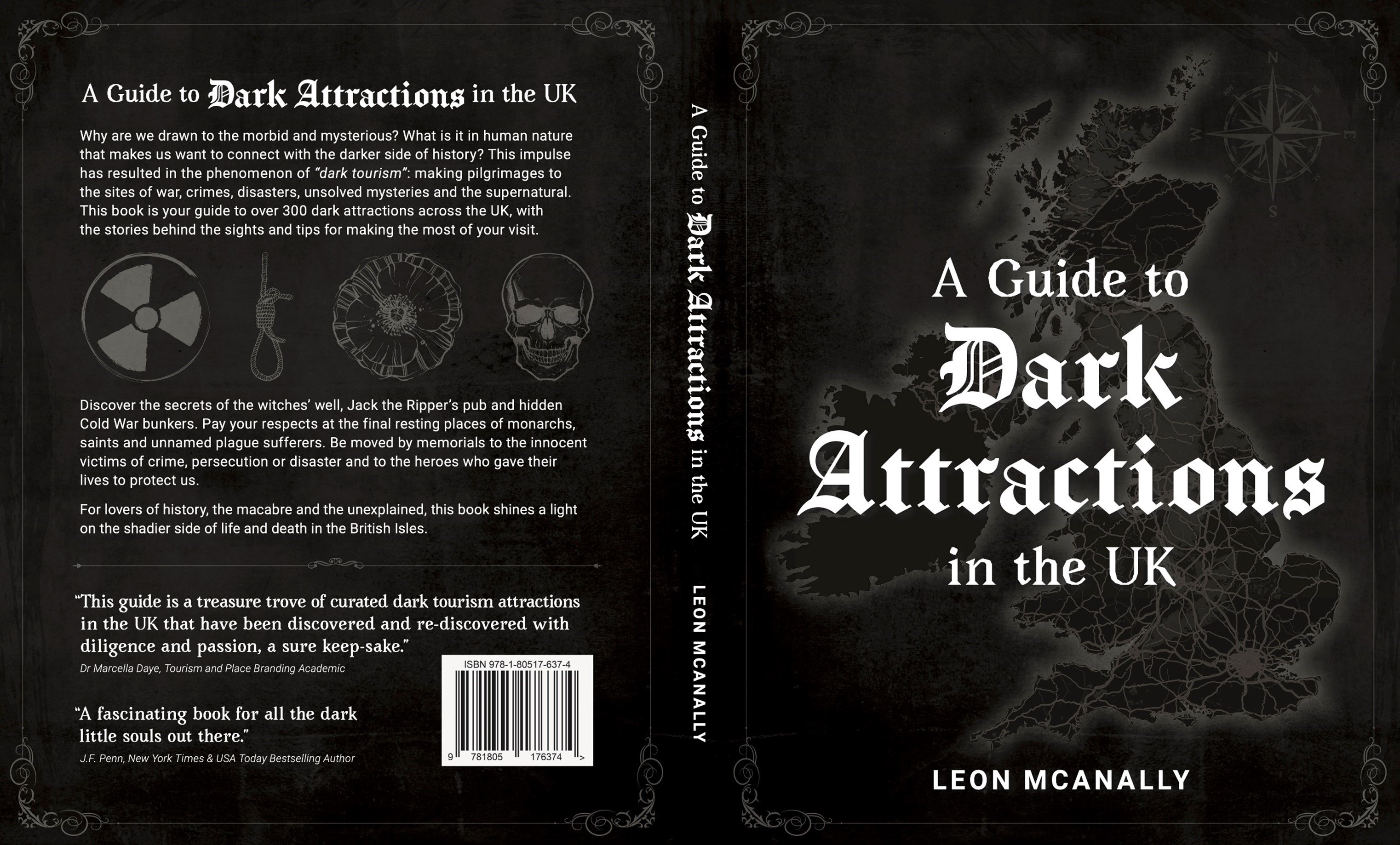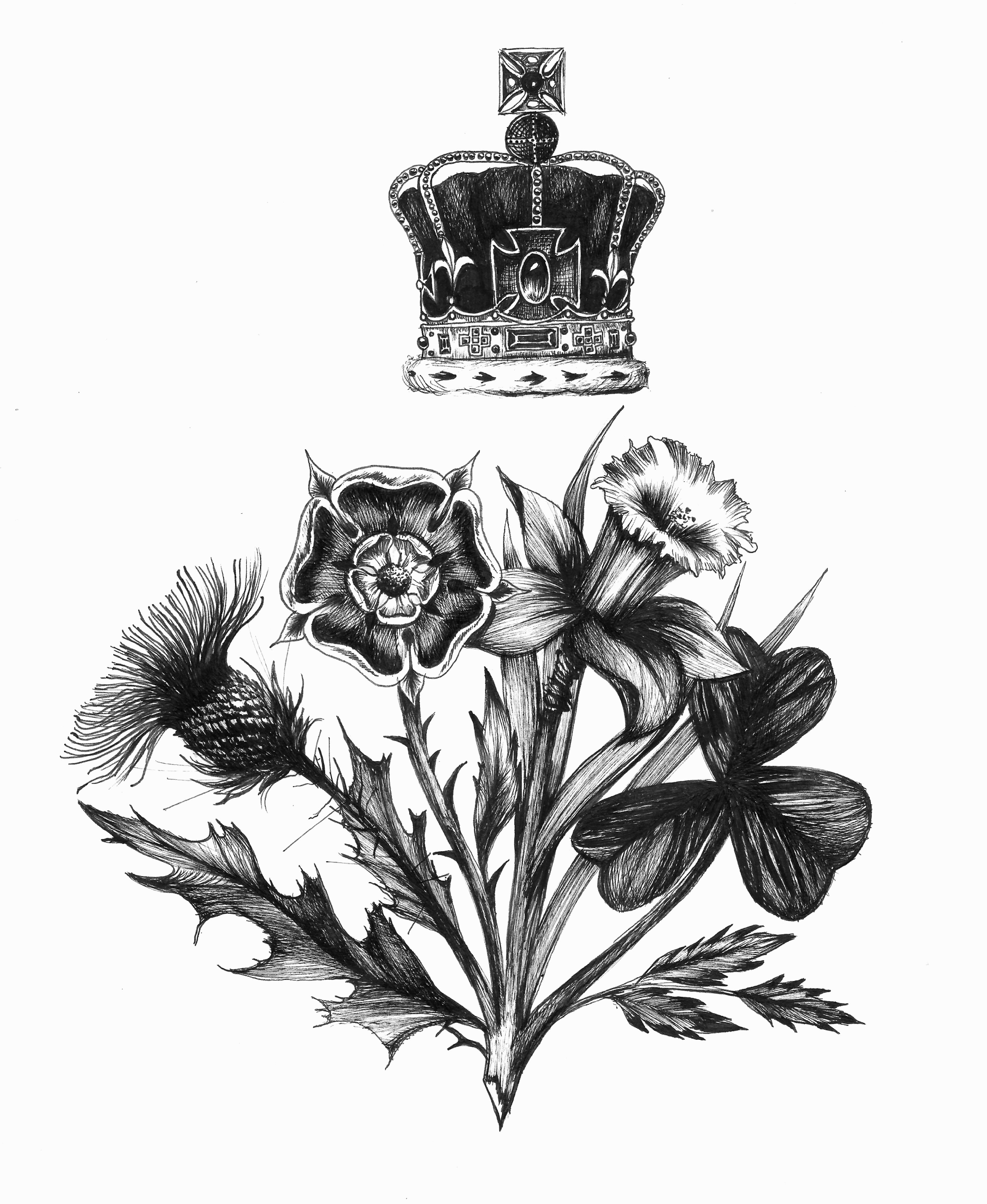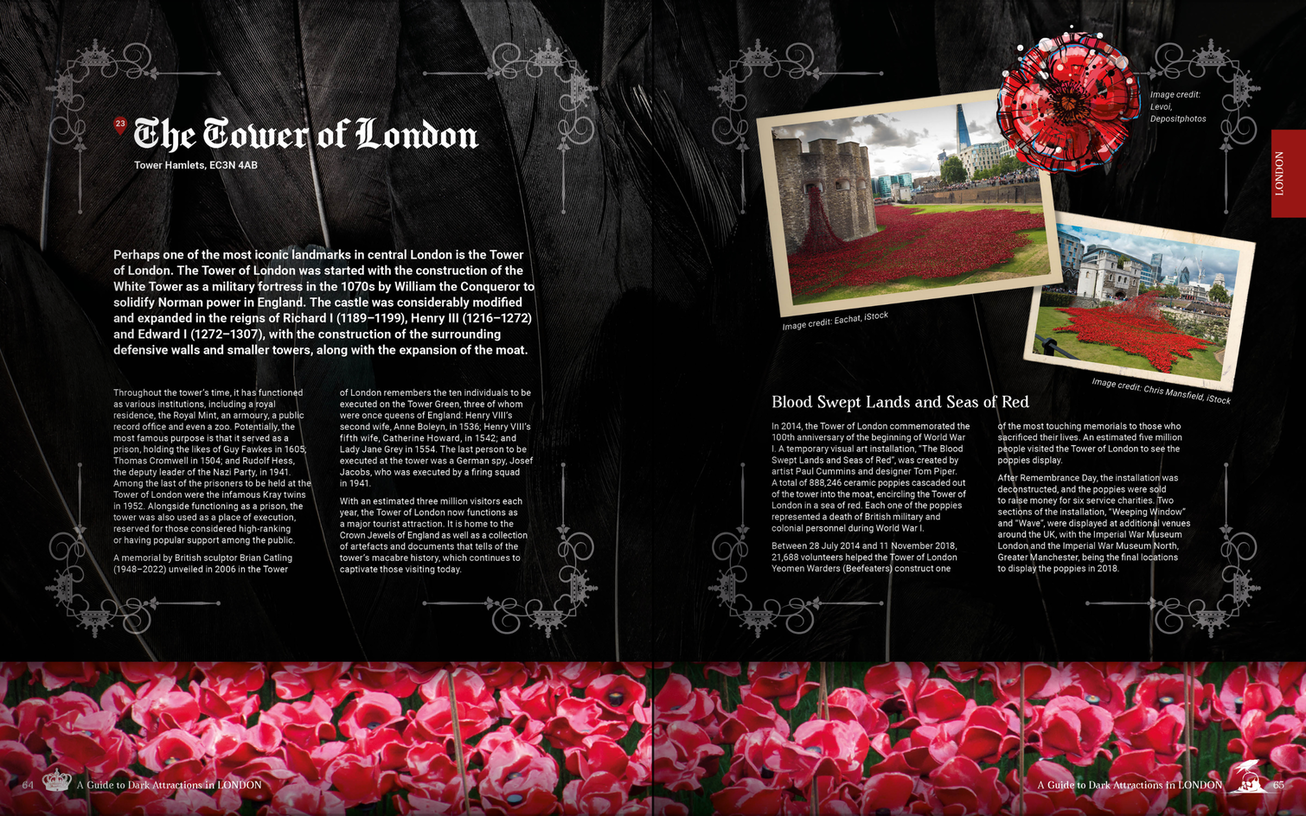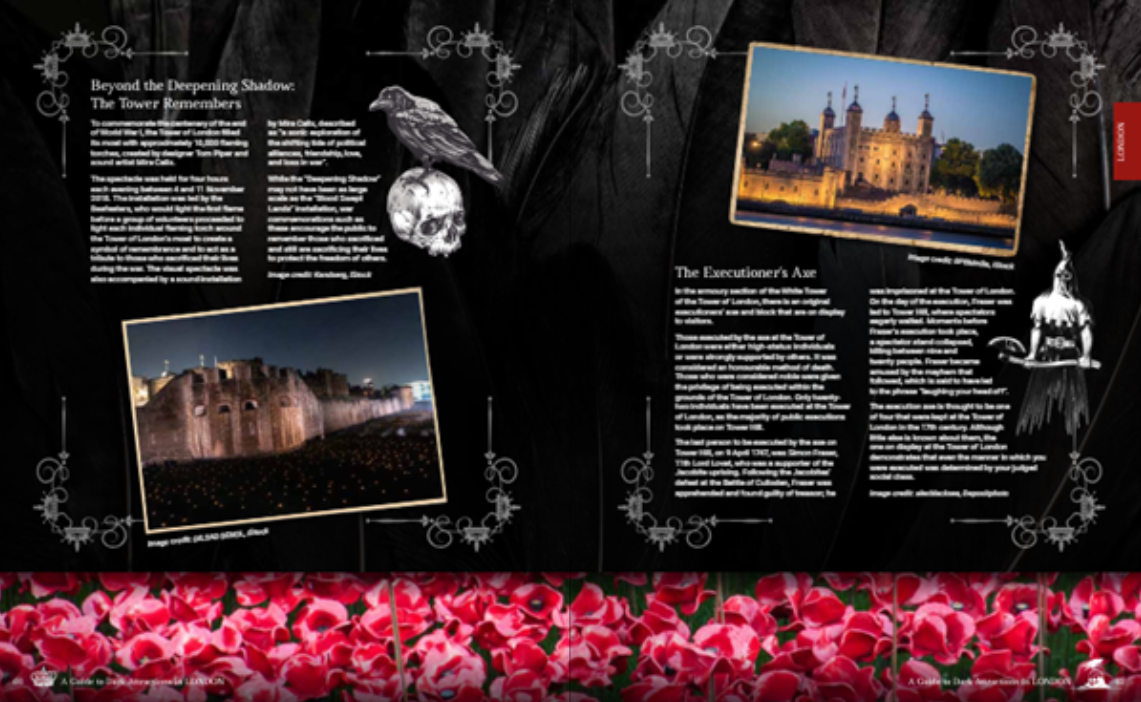The Ultra Sneak Peak of A Guide to Dark Attractions in the UK

The Blurb
Why are we drawn to the morbid and mysterious? What is it in human nature that makes us want to connect with the darker side of history? This impulse has resulted in the phenomenon of “dark tourism”: making pilgrimages to the sites of war, crimes, disasters, unsolved mysteries and the supernatural. This book is your guide to 280 dark attractions across the UK, with the stories behind the sights and tips for making the most of your visit.
Discover the secrets of the witches’ well, Jack the Ripper’s pub and hidden Cold War bunkers. Pay your respects at the final resting places of monarchs, saints and unnamed plague sufferers. Be moved by memorials to the innocent victims of crime, persecution or disaster and to the heroes who gave their lives to protect us.
For lovers of history, the macabre and the unexplained, this book shines a light on the shadier side of life and death in the British Isles.
As it is two weeks to the release of my book, I thought I would share with you some of my favorite aspects of my book, including the front and back cover of my book so you can read the blurb and get a sense of what it's about.
With this book being about honouring and remembering those who have suffered and sacrificed their lives to save others, in addition to sharing our nation's history, I thought it was crucial to include the four emblems that are present on my website and Facebook—the nuclear symbol, the noose, the poppy, and the skull— on the back cover of my book, as they symbolize situations where death is a common occurrence.
Since this book aims to be both a guidebook and a highlight for some of the darker sides of British history, I felt it only appropriate to include a map of the UK with our road network on the front cover. It is hoped that readers will use my book as inspiration for day trips and to learn about some of the most unusual places in Britain.

By Katy Latham
Ever since seeing the amazing drawing ability of Katy Latham in an exhibit at the University of Northampton, I’ve always wanted her to draw me something. It was at the very beginning of writing my book that I asked Katy to draw me something for it. It took me a while to think of an idea, but I knew that I wanted something that represented the four nations of Britain, so I asked her to draw each of the flowers that symbolize Scotland, England, Wales and Northern Ireland. As all four nations shared the same Queen at the time (and now the same king), I felt that the crown should be positioned at the top of the flowers.
Even though I knew Katy would do a magnificent job, I was surprised by the level of detail from the individual thistle hairs to the reflection of the jewels on the crown. This drawing, which is now prominently displayed on my stair landing where I can view it every morning and evening, motivates me to continue sharing the history of Britain. It is a work of art as well as a wonderful illustration that informs the reader that the book is about the four nations of our country. Readers will find this on the first page of my book, where it rightfully belongs. Those who buy my book are not just discovering a darker side of British history but are purchasing an artistry of drawings and designs.

Tower of London: First Page Spread
The entire book's worth of design work that Marie-Louise, Mark, and Maddie have completed has me excited to share it with you. But the page spread of the Tower of London is the one that draws my attention the most. I believe Marie-Louise elevated this page spread to another level. In addition to covering the history of this famous site, I also wanted to highlight two of the most poignant exhibits that honoured our fallen soldiers: Beyond the Deepening Shadow: The Tower Remembers and Blood Swept Lands and Seas of Red.

Tower of London: Second Page Spread
Given that the raven is a well-known emblem of the Tower of London, I adore how Marie-Louise used the feathers of the raven as the background. I particularly adore the way she arranged the poppies to give the impression that they are emerging from the book's bottom. She also did a fantastic job of positioning the text and photographs so the reader could more easily read each aspect while viewing an image of what I have written about. By including information about these two exhibits, I wish to remind people not only of the significance of remembering those who have given their lives for us, but also the emotions of those who worked on the display and those who visited it.
